Go the extra mile
Towards a cooler planet
How SAF is produced - a sustainable aviation fuel guide
1 January 2023
Sustainable aviation fuel (SAF) is a relatively new alternative fuel derived from non-petroleum sources. It can be blended with standard jet fuel to help reduce emissions in aviation. To date, SAF has powered over 450,000 flights worldwide, with major uptake in the US and Europe, where more than 50 airlines and numerous airports have supported its integration into commercial flights.
SAF production involves a variety of approved methods, each with distinct feedstock requirements and blending limitations. The ASTM D7566 Standard governs these processes, enabling flexibility for advancements in SAF technology. Additionally, ASTM D1655 allows for blending biomass with conventional jet fuel, capped at 5%.
The aviation industry aims to reach net-zero carbon emissions by 2050, with SAF playing a critical role in this goal. SAF can reduce lifecycle emissions by at least 50%, making it a central strategy for lowering aviation's environmental impact.
Next, we'll look into SAF's benefits, where it comes from, how it's made, and who makes it. We'll also cover the rules and research around it. Let's see how this fuel is changing the aviation world.
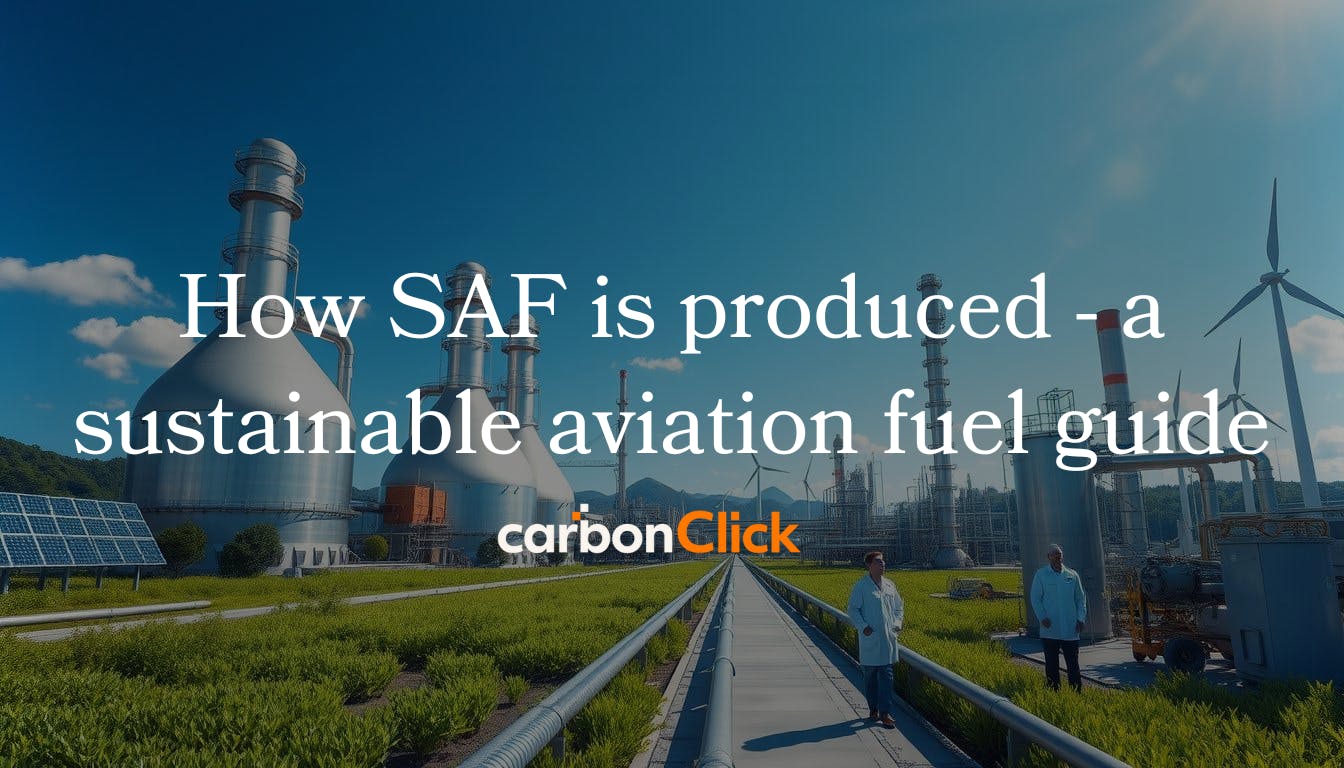
Sustainable aviation fuel (SAF): A more sustainable alternative
The world faces a significant challenge with climate change, prompting the aviation industry to explore less carbon-intensive options. Sustainable Aviation Fuel (SAF) offers a potential solution that could transform air travel.
Benefits of SAF over conventional jet fuel
Compared to traditional jet fuel, SAF provides an effective way to reduce greenhouse gas emissions, with reductions of up to 80% depending on the production method. This progress supports the industry’s goal of reaching net-zero emissions by 2050.
Engine and infrastructure compatibility
SAF is compatible with current aircraft and airport fuel systems, making it straightforward to integrate with standard Jet A fuel without substantial changes.
Reduced greenhouse gas emissions
Air travel is responsible for about 2% of global CO₂ emissions, a figure the aviation industry aims to reduce significantly by 2050. SAF is instrumental in this objective, helping decrease emissions across the sector.
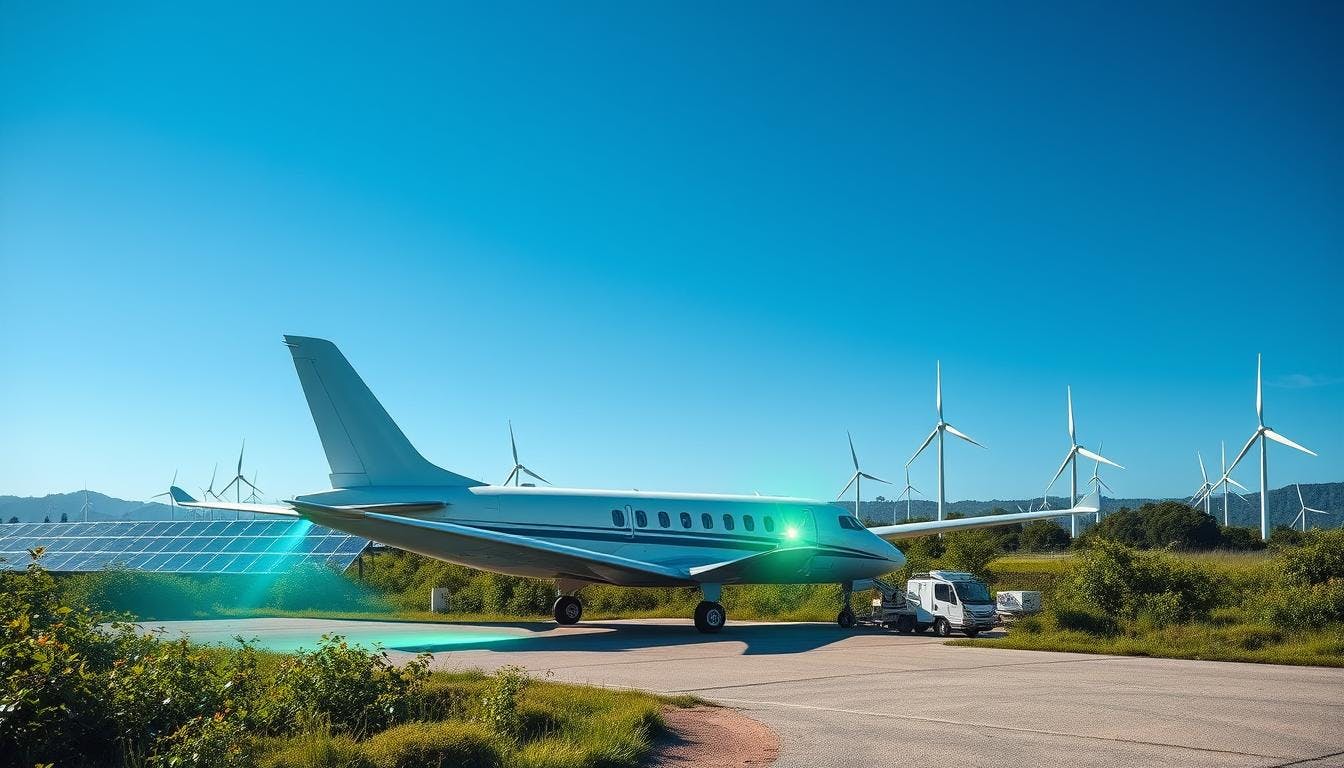
Feedstocks for SAF production
Sustainable aviation fuel (SAF) is made from a variety of renewable sources, representing a shift away from traditional jet fuel. Waste materials, agricultural by-products, and non-food crops are transformed to produce fuel for aviation.
Municipal solid waste and agricultural residues
Household and garden waste can be converted into SAF through specific chemical processes. Additionally, residues from crops like corn and sugarcane serve as feedstock, making use of materials that might otherwise go unused.
Woody biomass and forestry residues
Wood waste, such as tree branches, is processed into SAF through methods like pyrolysis and gasification. Using wood waste in this way can reduce dependency on fossil fuels and support carbon goals set for the aviation industry.
Oils, Fats, and Non-Food crops
Non-food crops such as camelina, along with waste oils, provide further SAF options. These feedstock undergo conversion into renewable aviation fuel, creating a sustainable future for air travel.
Current commercial SAF producers
The world of sustainable aviation is changing fast. We see new commercial SAF producers and SAF manufacturing companies leading the way. They are making a sustainable aviation fuel future possible.
World Energy started making SAF in 2016 in Paramount, California. Neste began supplying SAF to San Francisco International Airport in 2020. They then expanded to other airports in California and Colorado.
In 2023, Montana Renewables LLC started producing SAF with Shell's help. They supply fuel to several airlines. More plants are coming, making air travel cleaner.
These commercial SAF producers and SAF manufacturing companies are working towards a sustainable aviation future. They show the industry's commitment to being more environmentally responsible. With more production and new players, the future of sustainable aviation fuel looks bright.

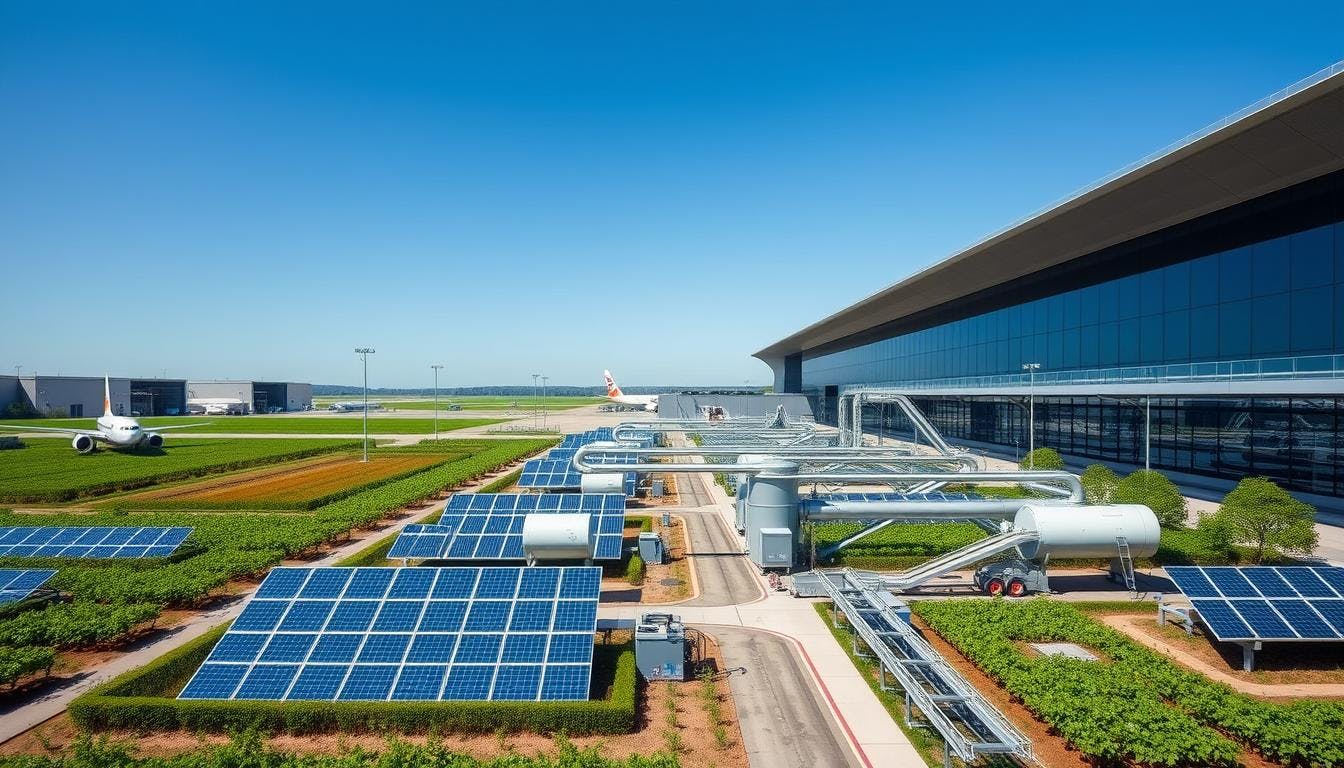
The journey of SAF: From production to distribution
The aviation sector is making concerted efforts to reduce pollution, with sustainable aviation fuel (SAF) playing a pivotal role. The production and distribution of SAF involve a number of steps, from approved manufacturing methods to blending with conventional jet fuel.
Approved SAF production pathways
ASTM International has approved several methods for producing SAF, including Hydroprocessing of Esters and Fatty Acids (HEFA), Fischer-Tropsch (FT) Synthesis, and Alcohol-to-Jet (ATJ) Conversion. These processes utilise materials like waste products, plants, and non-food crops, enabling the creation of a fuel that integrates seamlessly into the existing aviation fuel system.
Blending and transportation of SAF
Before SAF can be used in aircraft, it must be mixed with Jet A fuel. This blending is typically conducted at fuel terminals, where SAF is combined with Jet A in specific ratios. The blended fuel is then transported to airports via pipeline or truck.
While blending can be carried out at airports, it is generally not preferred due to the additional equipment, personnel, and insurance required. The aim is to make the most of current infrastructure to facilitate SAF’s integration into aviation.
SAF Supply Chain
The SAF supply chain begins with organic feedstocks and follows through to refining processes, storage facilities, transportation methods (such as pipelines and tankers), and finally, distribution to airports. The entire process is designed to align with renewable energy resources, using solar and wind power where possible. Each stage is carefully interconnected to ensure a consistent supply chain, presented in a setting with verdant surroundings and clean skies, illustrating a sustainable future for aviation.
How SAF is produced
The aviation industry is actively pursuing pollution reduction, with SAF being integral to this mission. Several methods, each with distinct advantages, are available for producing SAF. Here are the primary pathways:
- Hydroprocessing of Esters and Fatty Acids (HEFA)
HEFA utilises oils derived from plants, animals, and waste products, transforming them into a jet fuel compatible with regular jet fuel. This method offers an efficient, clean way to power aircraft. - Fischer-Tropsch (FT) synthesis
FT Synthesis processes waste and energy crops into jet fuel, converting the waste material through a unique process. This approach efficiently repurposes waste material for aviation use. - Alcohol-to-Jet (ATJ) conversion
ATJ Conversion transforms ethanol and isobutanol, derived from plants, into jet fuel. This pathway accommodates a wide variety of plant-based materials, marking a significant step towards cleaner aviation.
These methods provide the aviation sector with multiple options for SAF production, each with specific benefits and material sources. With continued advancements, the industry is making progress towards reducing pollution in aviation.
Ongoing research and development in SAF
The aviation industry is making significant efforts to reduce the environmental impact of air travel, with a strong emphasis on sustainable aviation fuel (SAF). In the United States, the Department of Energy, Department of Transportation, and Department of Agriculture are at the forefront of this initiative.
These agencies are working in unison to increase SAF production within the U.S. A major initiative in this regard is the Sustainable Aviation Fuel Grand Challenge, which aims to expand the availability of sustainable aviation fuels nationwide.
Additional government programmes, such as the Sustainable Aviation Fuel Review and the Sustainable Aviation Fuel Tax Credit Analysis, contribute to SAF research, development, and innovation.
Government initiatives and collaborations
The National Renewable Energy Laboratory (NREL) plays a crucial role in researching SAF and facilitating collaborations in renewable jet fuel. NREL supports the development of fuel standards and testing, accelerating the adoption of new SAF technologies.
NREL collaborates with organisations like ASTM International and the International Organisation for Standardization to develop and modify fuel standards. Additionally, NREL assists fuel producers in obtaining ASTM approval for their SAF products.
The aviation industry, governmental bodies, and research institutions are actively working together to address challenges and explore opportunities within SAF research and development. Through these efforts, they are collectively advancing the sustainability of air travel for the future
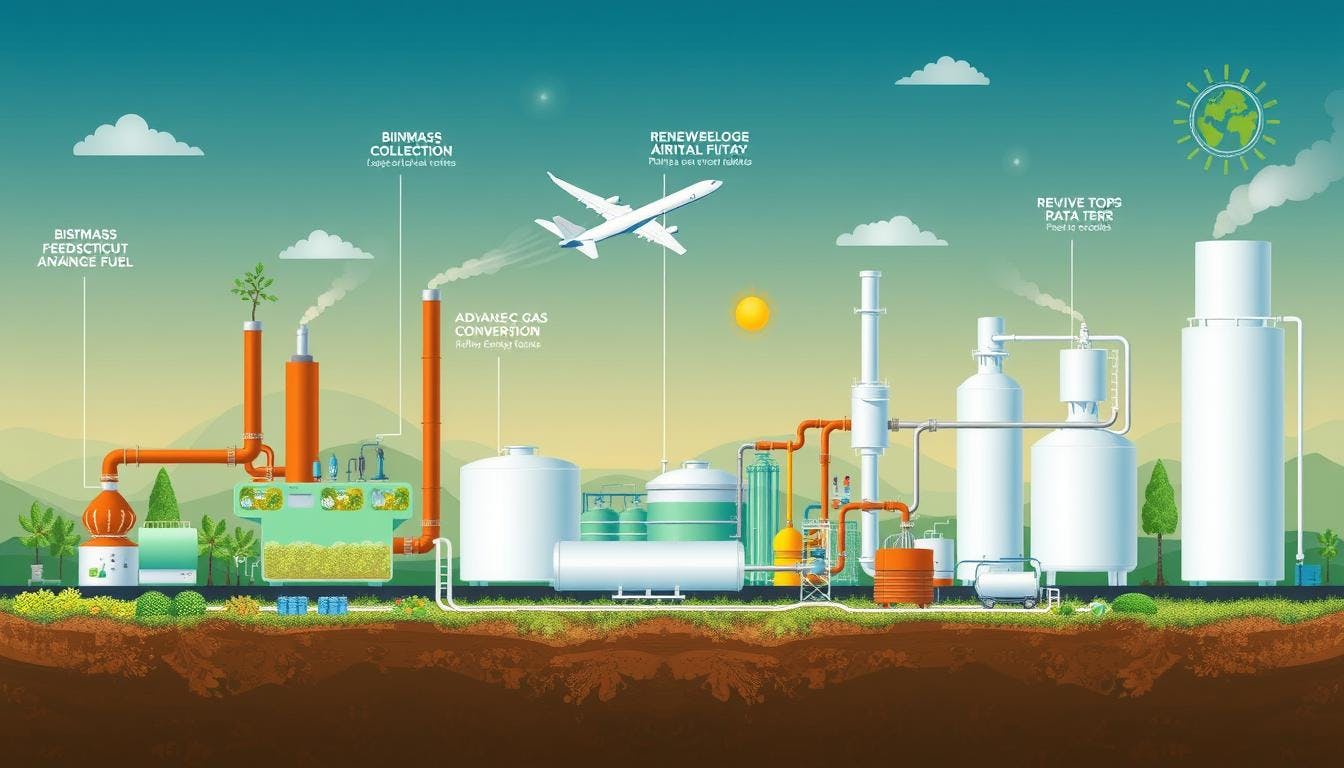
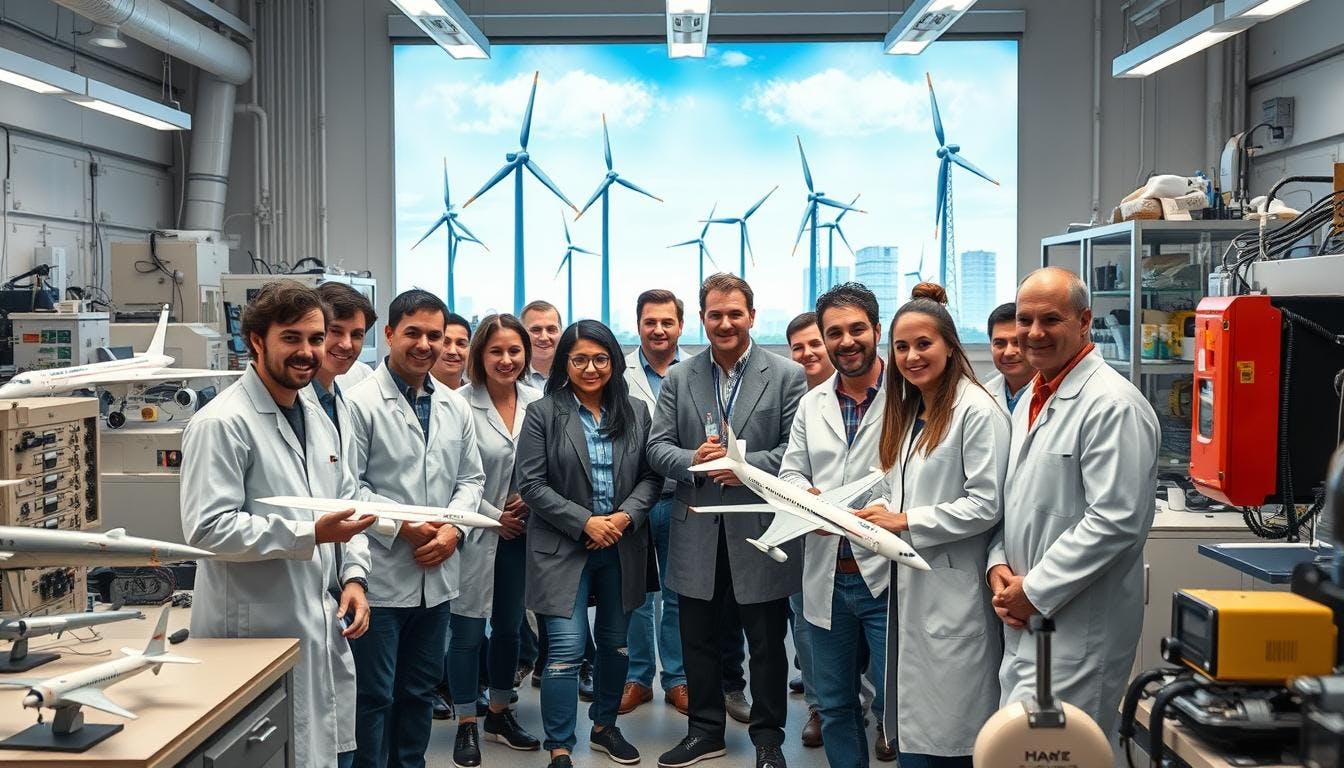
SAF mandates and regulatory frameworks
Governments globally are introducing stringent regulations to encourage the use of sustainable aviation fuel (SAF), aiming to lower the aviation sector’s carbon footprint. These policies play an essential role in making the industry more environmentally sustainable.
Regional and national SAF blending requirements
SAF blending mandates require that a portion of jet fuel must be sourced sustainably. For instance, the European Union has set a target of 10% SAF use by 2030. The United States has outlined similar objectives through the Sustainable Skies Act.
Blending requirements vary by region, typically requiring a 10-50% SAF mix with conventional jet fuel by 2030, with plans for further increases in future years. Companies need to stay informed of SAF regulations and policies to comply with renewable fuel standards.
The aviation industry must adapt to evolving SAF regulations and policies to meet demand for renewable aviation fuel. A comprehensive understanding of these requirements is essential for businesses to stay compliant and participate in the aviation sector’s progression towards sustainability.
The future of SAF: Challenges and opportunities
The world is rapidly advancing towards renewable energy, with sustainable aviation fuel (SAF) emerging as a crucial component for the airline industry. The future of SAF appears promising, driven by new regulations and a growing commitment from companies to reduce environmental impact. However, SAF remains more costly than conventional jet fuel due to high production costs and limited manufacturing scale.
Nonetheless, governments are offering tax incentives and other support to make SAF more affordable and boost its adoption. The aim is to reduce SAF costs over time through technological advancements and increased production.
The target is ambitious: to reach 3 billion gallons of SAF by 2030 and 35 billion by 2050, which would satisfy domestic demand. For countries newly engaging with SAF, establishing supportive policies will be essential for participation.
It is crucial for nations to collaborate, ensuring SAF availability on a global scale. This collective effort would unlock SAF’s full potential in reducing aviation’s environmental impact.


Pathways to sustainable aviation: Evaluating SAF options
Sustainable aviation fuel (SAF) plays a crucial role in reducing the aviation sector's environmental impact. Here, we examine three primary methods for producing SAF: The Air Way, The Fats Way, and The Corn Way.
The air way: Power-to-Liquid (PtL) or eSAF
Power-to-Liquid (PtL) fuels, also known as eSAF, are considered among the most promising SAF options. They are produced using renewable energy, water, and carbon dioxide, which can reduce greenhouse gas emissions by up to 90% compared to traditional jet fuel.
Additionally, eSAF requires less land and water, making it an attractive choice from a resource efficiency perspective.
The fats way: Hydroprocessed Esters and Fatty Acids (HEFA)
The Fats Way uses vegetable oils, waste oils, and animal fats to produce SAF. Although it offers a slightly lower emissions reduction than eSAF, it is a well-established pathway and widely used today.
The corn way: Alcohol-to-Jet (ATJ)
The Corn Way produces SAF from crops like corn. This method provides a moderate emissions reduction and is particularly suitable for regions with ample agricultural resources. However, it may compete with food production and requires substantial land use.
As aviation seeks sustainable solutions, each SAF pathway reveals specific trade-offs. Each has distinct strengths and limitations, suggesting that a combination of these options may be essential to meet global demands effectively.
Cost and pricing considerations for SAF
Sustainable Aviation Fuel (SAF) is essential for promoting more environmentally responsible air travel. However, its cost remains a significant challenge, as it is two to four times more expensive than conventional jet fuel. This high price is attributed to the cost of raw materials, the complexity of the production process, and the limited scale of manufacturing.
To help make SAF more affordable, governments are offering incentives and tax breaks. In the U.S., the Renewable Fuel Standard (RFS) and the Low Carbon Fuel Standard (LCFS) contribute to reducing SAF prices. As production increases and technology improves, it is anticipated that SAF prices will decrease, enhancing its cost competitiveness with traditional jet fuel.
Factors influencing SAF costs
Several factors influence SAF pricing. The cost of raw materials, such as used cooking oil and soybean oil, is a major component. Additionally, the limited scale of production and the complexity of the manufacturing processes contribute to the overall cost. Fluctuations in raw material prices and supply chain disruptions can also impact SAF pricing.
Incentives and tax breaks for SAF adoption
Government incentives are crucial for encouraging greater adoption of SAF. Programs like the Renewable Fuel Standard (RFS) and the Low Carbon Fuel Standard (LCFS) in the U.S. provide financial assistance and tax breaks. These governmental incentives make SAF a more attractive option for the aviation sector, despite its higher pricing compared to traditional jet fuel.
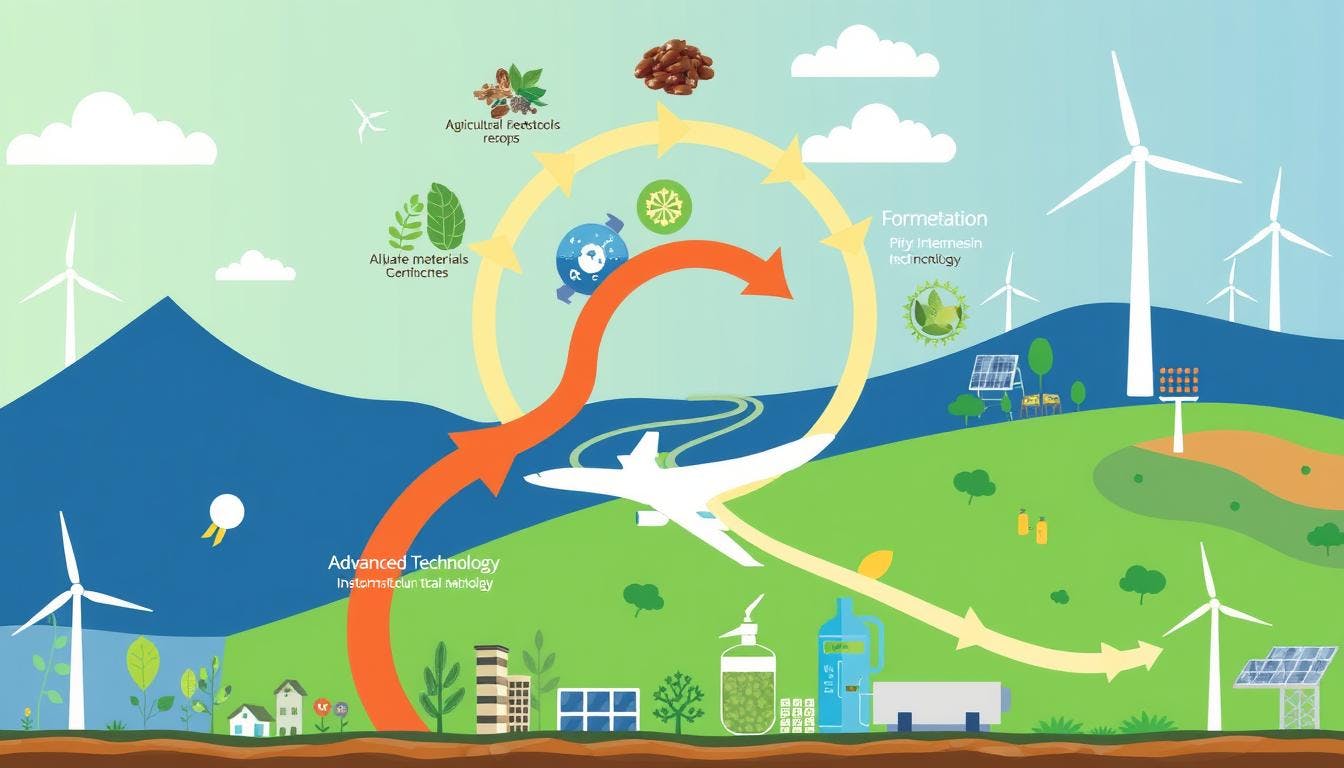
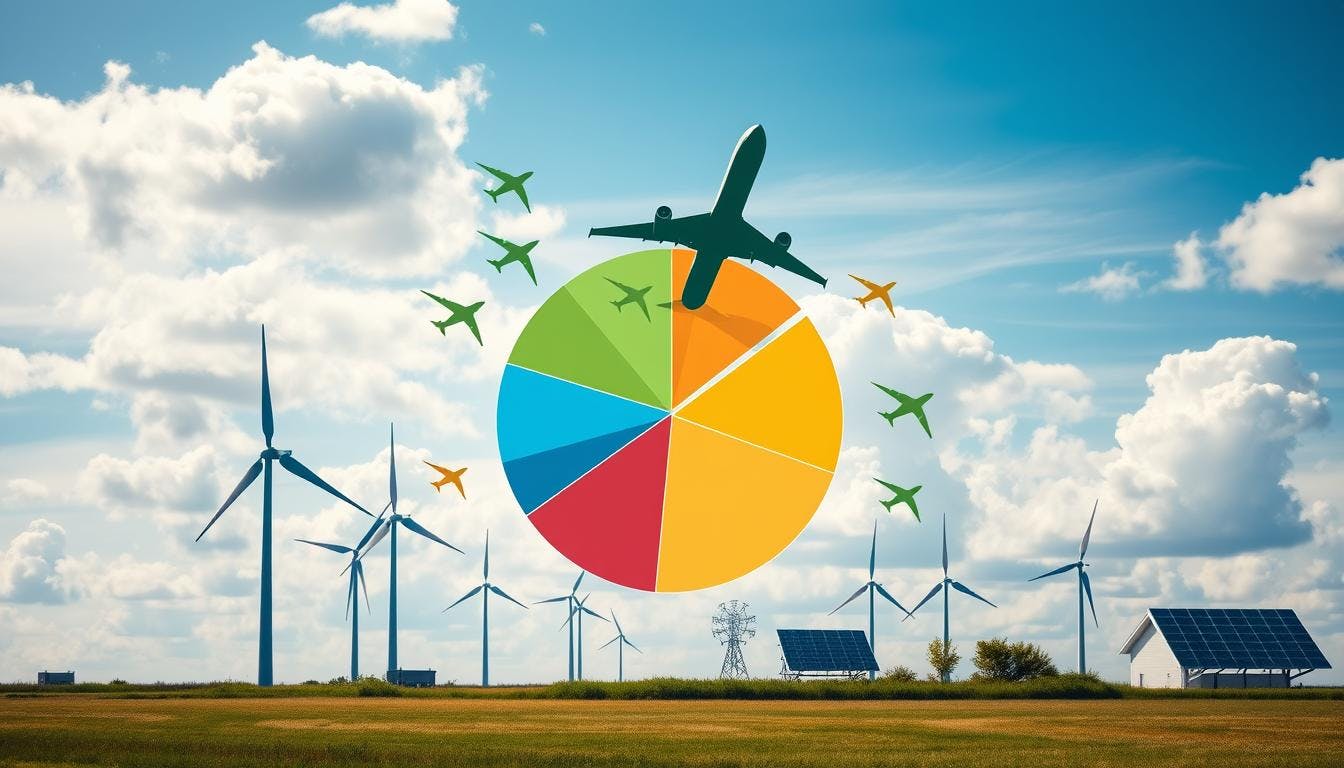
Environmental impact: Land use and water footprint
When considering Sustainable Aviation Fuel (SAF), it is essential to take into account land and water usage. Power-to-Liquid (PtL) fuels, or e-SAF, are regarded as the most sustainable option. They can reduce emissions by up to 90% and require significantly less land and water than other SAF types.
In contrast, SAF derived from biofuels, such as those produced through The Fats Way and The Corn Way, necessitate more land and water resources. This can result in increased food prices, soil degradation, and even deforestation, along with indirect land use changes (ILUC).
To enhance the sustainability of air travel, it is crucial to evaluate the overall impact of SAF. Opting for e-SAF helps to minimise land and water usage. By making this choice, we can contribute to more sustainable aviation while avoiding the negative consequences associated with some SAF production methods.
17 South Street
Auckland 1010
New Zealand
info@carbonclick.com- -
- X
Sign up. Be inspired. Get clicking.
Subscribe now to stay up to date with CarbonClick, carbon offsetting and climate action.
By signing up you agree to our Privacy Policy.


